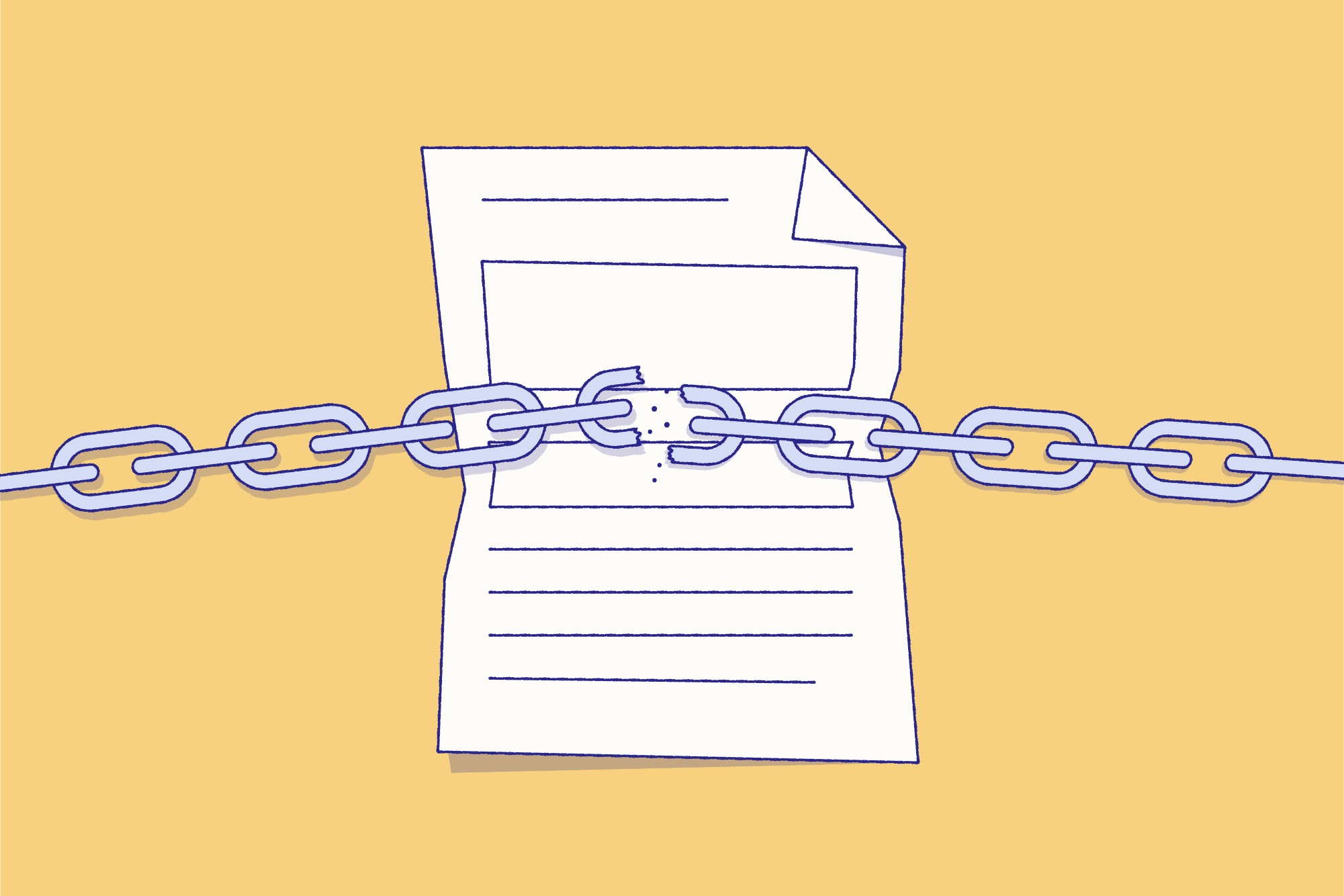How to review an NDA
Please note – a Nondisclosure Agreement is a legal document. This blog post is not a replacement for legal advice. Please consult an attorney with questions or concerns.
If you’re in procurement or sales, a Non-Disclosure Agreement (NDA) is a standard first step in any potential supplier relationship. It protects both parties from losses if they share confidential information with third parties, and lays out the “ground rules” for discovery, allowing both the buyer and supplier to share important data and determine if there is a good fit for a partnership.
If your legal team has a standard NDA, obviously that’s the easiest way forward, but sometimes you need to sign the other party’s NDA, or you may not have access to your own form. This post is intended to give you enough information to identify potential red flags and pitfalls before you engage your legal team or decide to proceed.

Who are the covered parties?
Ensure that the legal names of all parties are correct and clear in the first sentences of the document. You should make sure to include any affiliates and subcontractors/third parties that may need to review the data during any evaluation. You don’t want to accidentally be in breach of an agreement because you didn’t realize a subcontractor or affiliate would be involved in discussions.
Does it have a clear purpose?
If you’re signing an NDA prior to entering into negotiations, we recommend having the NDA be specific to the engagement you’re considering. That way, both parties can build language in that restricts the usage of any data to the purpose or project covered by the document. This may mean you need to sign multiple NDAs over the years, but it protects you from having data shared throughout the company and ensures the document has a clear scope.
If you do have a purpose or project articulated in the document, make sure to look for copy and paste errors. NDA forms are used over and over; make sure it’s correct for the opportunity you’re discussing.
What’s the term?
NDAs generally can’t last forever, as most courts will find this unreasonable. NDAs should have a clear term, and should be refreshed every few years. Personnel and requirements change often, and a perpetual NDA will be difficult to enforce and communicate ten years from now. A normal time period is 1-3 years.

Is it mutual?
Not all nondisclosures are written in a way that both sides are required to keep information confidential, so this is the first thing to check. If you’re on the supplier side, you should expect to keep any customer data confidential, and in return you should expect a potential client to agree to the same. Look for language like “the disclosing party” and “the receiving party” or “both parties” as opposed to one-sided language with noticeably absent requirements from the other side. If the NDA is intended to bind only one party, you should walk into that arrangement with eyes wide open.
Protected and excluded content
The document should clearly articulate what kinds of data are and aren’t considered confidential under the Agreement. You should look for exclusions of information known before the NDA was signed, or information that is public.
Jurisdiction
It’s important to be aware of which laws will govern the document, especially when working internationally. The agreement should clearly identify the state or country with jurisdiction over any disputes.
Will it be superseded by another agreement?
If both parties decide to move forward with a business relationship, you will likely negotiate a new contract with its own confidentiality clauses. The NDA should be clear about how data exchanged during the sales process will be impacted by the new agreement. Most of the time, the new agreement’s terms will take precedence.
Are you allowed to talk about the negotiation process?
Some NDAs have clauses in them that specifically forbid or allow discussions about the sales process or negotiation. These clauses aren’t inherently good or bad, but you should be aware of them and ensure that anyone involved in the sales process is informed.
Breaches and consequences
An NDA without consequences has no “teeth” and very little value. What happens if either party breaks the agreement? That should be clearly outlined in the document, and if appropriate, any limits should be outlined.
Who’s signing?
Always get the printed name and title of both signatories, and give a ‘sense check’ to the title of the signer. An NDA must be signed by someone who has permission to enter into contracts on behalf of the company.





